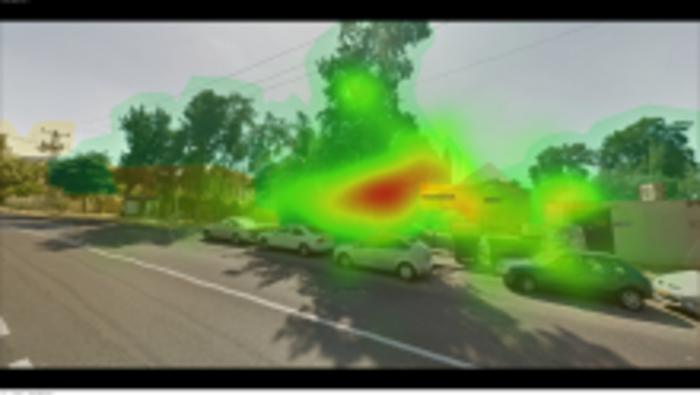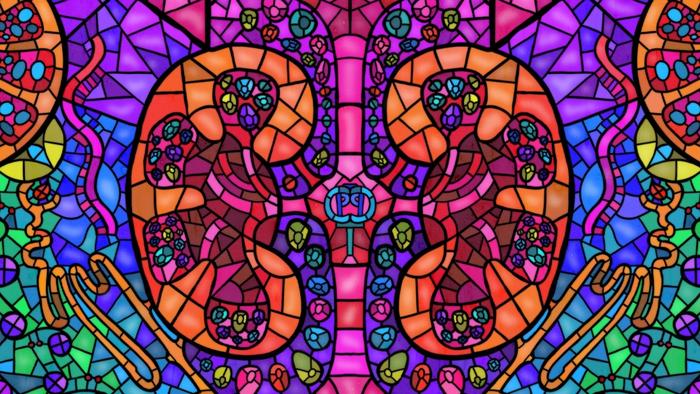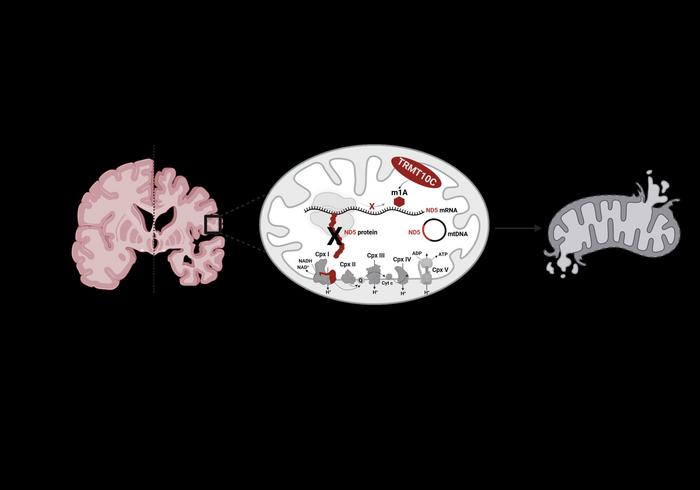Simply looking at the natural world in urban areas can reap benefits
New eye-tracking research has shown that simply looking at natural elements during urban walks can offer significant mental health benefits. Credit: Brian Rizowy New eye-tracking research has shown that simply looking at natural elements during urban walks can offer significant mental health benefits. The study, by Bangor University and Technion- Israel Institute of Technology, published […]

New eye-tracking research has shown that simply looking at natural elements during urban walks can offer significant mental health benefits.

Credit: Brian Rizowy
New eye-tracking research has shown that simply looking at natural elements during urban walks can offer significant mental health benefits.
The study, by Bangor University and Technion- Israel Institute of Technology, published in the scientific journal People and Nature, involved city-dwellers, and showed how paying visual attention to greenery, rather than human-made structures, can alleviate anxiety and enhance restorative feelings.
The 117 urban residents who took part in the study, were guided on a 45-minute urban walk, while wearing eye-tracking glasses. They were instructed to focus their gaze on trees, plants, lawns and flowers, man-made structures or a mix of both. This unique methodology revealed that a participants’ focus on nature was associated with improvements in various mental health metrics, including anxiety levels and feelings of restorativeness.
Dr Whitney Fleming, a lecturer in Human Geography at Bangor University explained the findings, saying,
“We found that the individuals who were guided to direct their gaze more frequently at green elements reported a significant reduction in anxiety, with trees showing the most substantial positive effect.”
The study highlights a strong link between observing green elements, especially trees, and an increase in perceived restorativeness, suggesting that even brief interactions with nature can provide mental health benefits.”
Urban Design Implications
These insights offer valuable guidance for urban planners and architects, suggesting that integrating more natural features into city landscapes can play a crucial role in enhancing the mental well-being of residents. “The Nature Gaze” study supports the idea of urban environments that promote engagement with nature, highlighting a simple yet effective strategy for improving urban mental health.
ENDS
Photos of eye tracking activity are available here
Date of paper publication: 5 June 2024
Editor’s notes: This eye-tracking study was spearheaded by a dedicated team at the Technion – Israel Institute of Technology, with significant contributions from Whitney Fleming, Brian Rizowy, and Assaf Shwartz. The project received support from the European Union’s Horizon 2020 research and innovation program, and the Zuckerman STEM Leadership program.
For detailed insights into the study and its implications, find the study published in the scientific journal People and Nature: https://besjournals.onlinelibrary.wiley.com/doi/10.1002/pan3.10648
Journal
People and Nature
DOI
10.1002/pan3.10648
Method of Research
Experimental study
Subject of Research
People
Article Title
The nature gaze: Eye-tracking experiment reveals well-being benefits derived from directing visual attention towards elements of nature
Article Publication Date
4-Jun-2024
COI Statement
Assaf is an associate editor for People and Nature, but was not involved in the peer review and decision-making process.
What's Your Reaction?

































